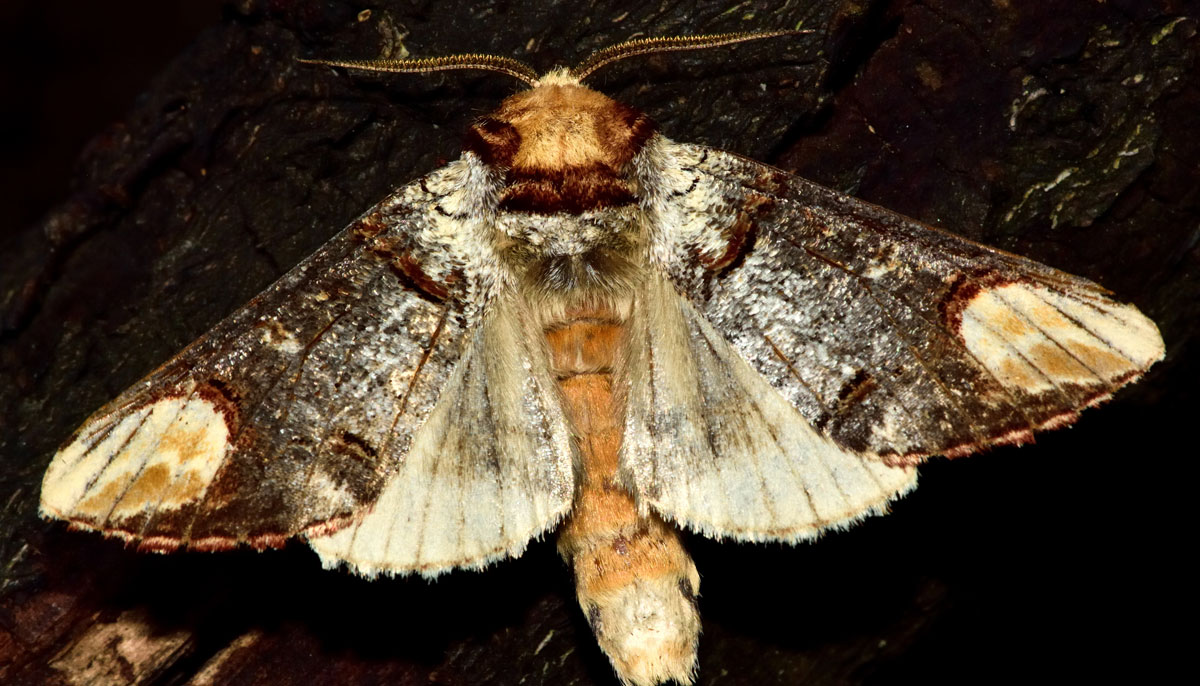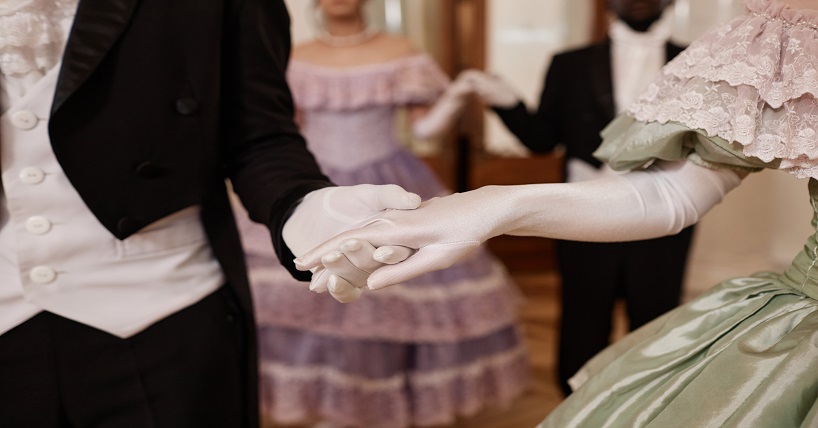Moths
Street lighting disrupts pollinating moths
Published on: 2 June 2016
Street lights change the natural behaviour of moths and disrupt nocturnal pollination, new research has shown.
The study, published today in the scientific journal Global Change Biology, reveals the shift in moth activity in street-lit areas from vegetation level to lamp-post height and the impact this is having on their ability to pollinate flowers.
The role played by moths in plant pollination has until now been largely overlooked as previous studies have focussed on daytime pollinators, such as bees.
Now the team from Newcastle University, the Centre for Ecology & Hydrology and the charity Butterfly Conservation say more research is needed to understand the effect of street lighting on moth populations and their importance as pollinators.

Light pollution significantly alters moth activity
Callum Macgregor, a PhD student at Newcastle University who led the research funded by the Natural Environment Research Council (NERC), explained:
“We all know moths are attracted to light – some people might grumble about finding them flitting around in the bathroom or banging against the window.
“Where there are street lights, our research indicates that the moths are being attracted upwards, away from the fields and hedgerows. This is likely to cause disruption of night-time pollination by moths, which could be serious for the flowers which rely upon moths for pollination, and of course there could be negative effects on the moths themselves as well.”
Dr Darren Evans, Reader in Ecology and Conservation at Newcastle University and one of the authors on the paper, adds:
“Our research shows that light pollution significantly alters moth activity and this in turn is disrupting their role as pollinators.
“There is a great deal of concern at the moment about our falling pollinator populations and the knock-on effect on plant pollination. Our research suggests that it’s a process that is being damaged on two fronts – night and day – and together the impact could be significant.”
Nocturnal pollinators
Like the more well-known pollinators, bees and butterflies, moth populations in the UK and Europe are in severe long-term decline, with artificial night lighting one potential cause.
It is only recently, however, that the crucial role played by moths in plant pollination has been fully appreciated.
Capturing and counting moths in lit and unlit areas of farmland in Oxfordshire, the team found that moth abundance at ground level was halved in lit areas but flight activity at the height of the street light was nearly doubled. Species richness was also reduced at ground level, with 25% fewer species in lit areas compared to those areas where there was no street lighting.
Analysing the presence of pollen on the captured moths, the team found that 1 in 4 of the insects were carrying pollen (from at least 28 plant species) so the halving of moth activity at ground level at lit sites could be affecting nocturnal pollination.
Dr Michael Pocock from NERC’s Centre for Ecology & Hydrology and a co-author of the paper, said:
“Street lighting at night is important for road safety and people’s security but our research is just the latest piece of evidence showing the unintended negative effects of street lighting on wildlife.
“It indicates that the blanket of street lighting that covers Europe not only affects moths but has effects which cascade across ecosystems.”
Richard Fox from partner organisation Butterfly Conservation and also a co-author, adds:
“Moths are an important part of the UK’s biodiversity, as pollinators of wild flowers and as food for many birds and predators. However, the total abundance of moths in Britain has decreased by over a quarter since the 1960s with likely knock-on effects on many other organisms. The role of artificial light in causing moth declines remains unclear, but this new research indicates effects not just on moths but on the whole ecosystem.”
The impact of street lighting on our ecosystem
It was Joseph Swan’s invention of the incandescent light bulb that led to Newcastle becoming one of the first cities in the world to be fitted with electric street lights. Globally, there are now an estimated 300 million street lights.
The current study focussed on the high pressure sodium street lamp found on most streets in Britain but the team are now investigating the impact of replacing these with LED lights. They recommend that, before replacement road lights are widely introduced, policy-makers should investigate their wider impact on natural systems.
Reference: The dark side of street lighting: impacts on moths and the disruption of nocturnal pollination. Callum Macgregor, Darren Evans, Richard Fox and Michael Pocock. Global Change Biology 2016
doi: 10.1111/gcb.13371



